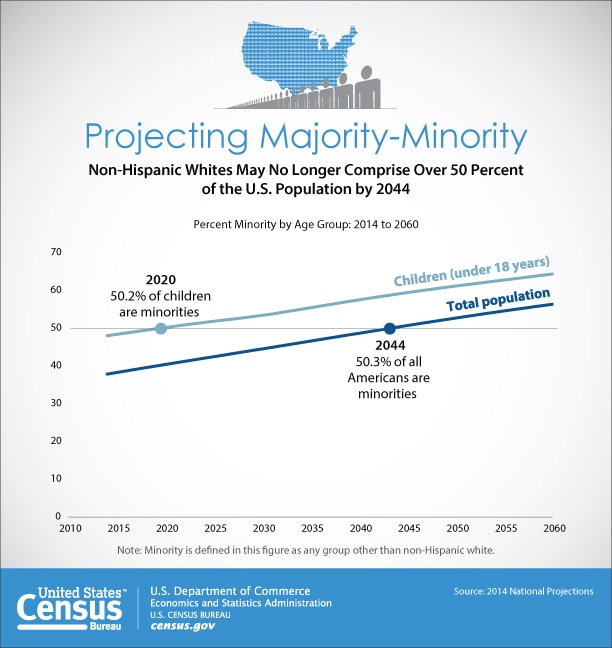The 2020 Census and the Re-Indigenization of AmericaPosted in Articles, Census/Demographics, Latino Studies, Media Archive, Native Americans/First Nation, Politics/Public Policy, United States on 2016-07-03 02:31Z by Steven |
The 2020 Census and the Re-Indigenization of America
Truthout
2016-06-26
Roberto Rodriguez
Mexican American & Raza Studies Department
University of Arizona
As the 2020 US census looms, this arcane ritual will once again result in the painting of a false picture of the demographic makeup of the United States. While the nation has been getting “browner” for many decades, the US Census Bureau has actually been complicit in obfuscating this change, which I have long described as demographic genocide. Yet this time around, due to a long-overdue change in the census, rather than being corralled against their will into the “white” category, many Mexican, Central American, Andean and Caribbean peoples will no longer be checking the white racial box.
Countering the delusions of previous generations, we know that simply checking the white box has never meant being treated as white anyway. This time around, per this change, many of us will instead (again) be checking the American Indian box, while rejecting the bureaucratically imposed Hispanic/Latino box. Others will check and affirm both.
This change however, will not alter the historic de-Indigenization schemes of this society, including those of the Census Bureau, which has always been an ideological instrument of empire. The census does not just count people, but actually helps to shape the nation’s self-image, character and national narrative. It helps tell the world “who we are” — who the United States is.
And just precisely who or what is the United States supposed to be? God’s chosen people?…
Read the entire article here.



